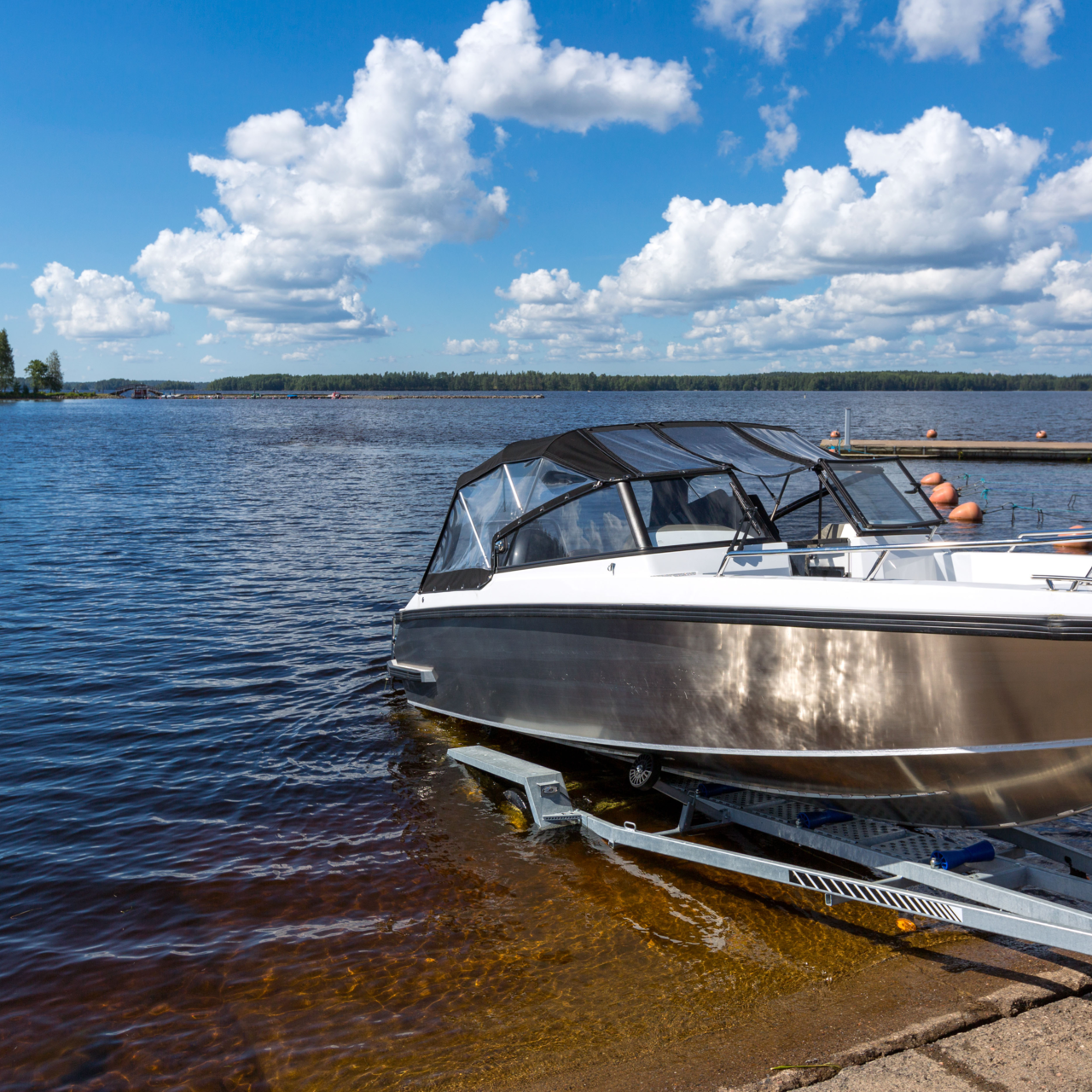
Boat Launch & Trailering Basics
There are many advantages to keeping your boat on a trailer. If you like to fish, for example, you can easily tow your boat to position yourself close to the best inshore or offshore action or new lakes and rivers. If you’re into family watersports, trailering your rig provides flexibility to hit whatever lake or river suits your mood that day. Simply put, being a trailer boater gives you more freedom to boat the way you want.
Trailer boating does have one major drawback, however, and for some people, it can be an obstacle to having fun. Before you can hit the throttle and feel the wind in your face, you have to launch that boat and get your passengers, gear, and yourself aboard. At the end of the day, you’ll need to put the boat back on the trailer and secure everything for the return home.
Sounds simple, but many surveys have shown that the fear of launching and docking a boat is one of the biggest stress points for new boaters. Throw in some wind, strong current, and impatient onlookers waiting for their launch and the experience can quickly become stressful.
Here are some guidelines that beginning boaters can use to ease launch ramp anxiety/
Practice Launching at the Boat Ramp when It’s not Busy
They say practice makes perfect, and boat launching is no exception. The more you do it, the easier it will be. So invest some time during the week, in the evening, or early in the morning when there is nobody around to get the feel of positioning and backing up the trailer.
You’re more likely to learn from your small mistakes when you’re not worried about a big line of people watching and waiting for you to get out of the way.
Create a launch process and stick to it
Even practiced boaters can make simple mistakes when launching, like disconnecting the transom tie-down straps or putting in the drain plug before backing the boat into the water. But a few regular checks that apply to your location and boat can help avoid the hassle and embarrassment of these common launch ramp party fails. This includes putting in the drain plug, making sure the key is in the ignition, attaching dock lines and fenders to the appropriate side of the boat, and disconnecting tie-down straps securing the boat to the trailer. While you can loosen it a bit, it is a good idea to keep the bow attached to the trailer winch until just before launching. More than once a boat has slid off a trailer and onto the concrete of a steep ramp — especially trailers that have rollers instead of carpeted bunks.
If you have a transom saver bracket and/or steering cylinder lock installed on your outboard, make sure to remove these, as well. An outboard engine or sterndrive should be tilted enough so it doesn’t hit the ramp surface as you back up toward the water. Only after all this is done — and you’ve done a quick walk-around to double-check — should you pull your vehicle and trailer into launching position.
Practice backing up your trailer
Backing up a boat trailer is a crucial launch skill but it can also be intimidating for new boaters. Remember that you will make mistakes, but the key to keeping them from escalating is to take it slow and make subtle corrections.
Backing up can be especially tough when the trailer is empty or if you have a small boat that doesn’t show up well in your rearview and side view mirrors. In these situations, opening your tow vehicle’s hatchback or lowering the pickup truck tailgate can provide better visibility of what the trailer is doing. When going backward, the trailer will react opposite to what you expect.
A helpful tip is to place your hand at the bottom of the steering wheel. Use that hand to move the wheel slightly to the left, and the back of the trailer will move to the left. The opposite will be true if you move the wheel slightly to the right. In other words, move your hand in the direction you want the trailer to go. But, don’t oversteer. Moving your hand only from a 6:00 position to an 8:00 or 4:00 position will prevent you from over-correcting and potentially jackknifing the trailer.
Floating Your Boat Off the Trailer
You’ll need to decide whether you’re walking your boat off the trailer or driving it off using the engine. Launch ramps without finger docks allow only the latter option. To walk your boat off the trailer, have a crewmember take hold of a dock line attached to a cleat on the boat, walking onto the dock as you back the trailer down, stopping when the trailer’s fenders are just awash.
After putting the tow vehicle in park and setting the emergency brake, fully disconnect the bow from the trailer winch. When you and your passengers are ready, use the vehicle to gently bump the boat off the trailer.
This can usually be achieved by rolling backward a foot or two and tapping the brake. Momentum will usually allow the boat to fully float off the trailer, where your assistants can secure the boat using the dock lines. Walking the boat to the far end of the dock before tying up can allow other boaters to launch.
Powering a boat off a trailer
If there is no finger dock — or if you want to use the center launching lanes in a crowded marina — you can power the boat off the trailer. Put a driver into the boat before you begin backing down the ramp. Stop when the fender wells are awash and disconnect the bow winch.
As always, make sure the vehicle is in park and the emergency brake is set. Depending on the grade of the ramp and the tidal level, it may be necessary to back down a little more.
The driver should lower the outdrive or outboard just enough to make sure the cooling water pickup is submerged, then start the engine. Slowly apply reverse throttle until the boat moves clear of the trailer. It might be necessary for the tow vehicle driver to bump the trailer back a bit.
Getting Your Boat Back on the Trailer
Eventually, your day of fun on the water will come to an end and you’ll need to put the boat back on the trailer. This can be a most stressful and challenging experience for many boaters, as it involves pulling up to the dock, backing the tow vehicle down, putting the boat on the trailer, and pulling the boat out of the water and up a steep, often slippery ramp. Ramps are often more crowded in the afternoons, and boaters might have to contend with afternoon winds and currents.
Just approaching a dock with a heavy, expensive boat can be stressful. Boats don’t have brakes. Even experienced operators can get into trouble by overreacting to small mistakes. As with the act of backing up a trailer, docking is a great skill to practice and perfect when there’s nobody around.
There’s no golden rule that works in all conditions, other than perhaps to keep your steering and throttle inputs to a minimum. It’s not a captain’s initial miscue that usually gets him into real trouble but reacting too strongly in an attempt to fix a small mistake.
Have your fenders out and dock lines attached, and any crew positioned where they need to be to assist. Before you approach, figure out how the wind and current are going to affect your boat. Leave yourself plenty of approach distance so you can make small corrections.
For a smooth landing, your approach angle should be relatively shallow, 10 or 20 degrees. To finish the process, turn the wheel towards the dock and apply a short, soft burst of reverse throttle. This will stop the boat’s forward momentum and pull the stern of the boat over to the dock.
Advanced steering systems like the Dometic Optimus 360 provide multi-engine boats with literal fingertip control. By independently controlling engine shift, throttle, and steering positions via computer, Optimus 360 allows operators to move a boat in any direction — even sideways — simply by using a familiar joystick control. This system’s ability to take the stress out of launching, docking, and maneuvering in crowded waters has made it the choice of many top boatbuilders today.
Just as with launching, you can either walk your boat onto the trailer or power it up with the motor. Both methods begin with the trailer backed into the water just enough to get the fenders awash. It’s a common mistake for boaters to back down too far into the water. If the boat is still floating too much, wind or waves can move the boat off-center so it will not settle onto the bunks when you pull out.
It should require some effort to either winch the boat fully onto the trailer by hand or power it up onto the bunks. If you’re powering it up, make sure to trim the engine up slightly. This will keep the lower unit from hitting the ramp and will have the effect of raising the bow of the boat as power is applied.
Securing the boat to the trailer
Once the bow winch is attached and fully tight, tilt the engine out of the water to ensure it doesn’t strike or drag on the ramp. A slow and steady approach applies to the tow vehicle driver as well. Ramps can be slippery, especially if the tide has dropped during the day. Engage your tow vehicle’s four-wheel-drive - if you have it - or put the transmission in the lowest gear.
Don’t release the parking brake before you have a foot on the brake pedal. With one foot on the brake and one foot on the gas, slowly apply pressure to the gas pedal while simultaneously releasing pressure on the brake pedal. Keep the vehicle moving slowly up the ramp, but don’t mash the throttle. If the wheels begin to spin, it can become very difficult to regain traction.
Launching a boat can seem daunting for new boaters. But, with each successful trip, your confidence will build. Soon you will be able to launch like a pro.
When in doubt, contact your local Sierra dealer and ask for tips about launching your boat.

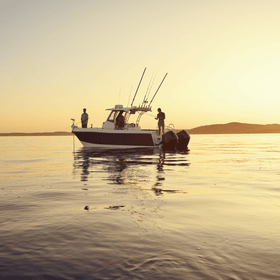
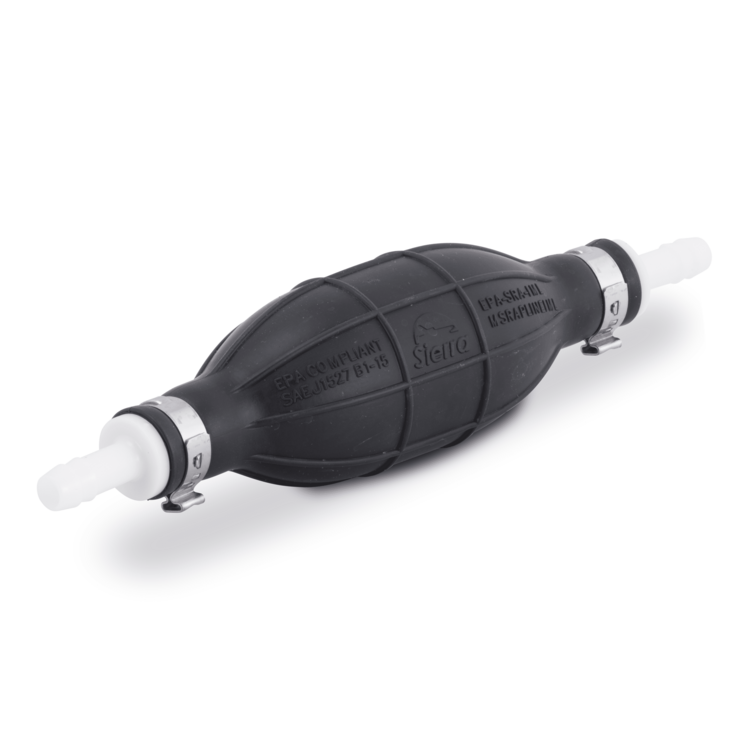

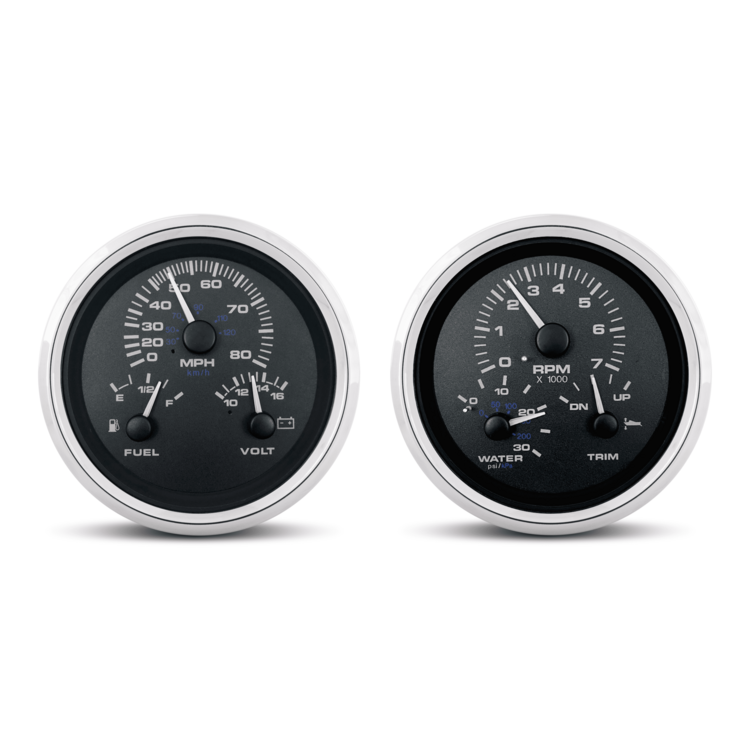
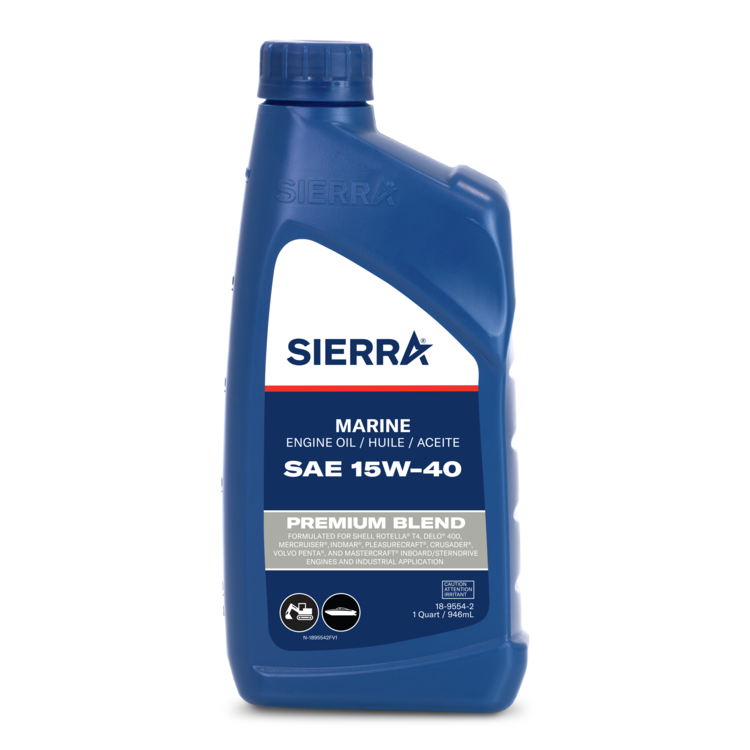
Leave a comment